
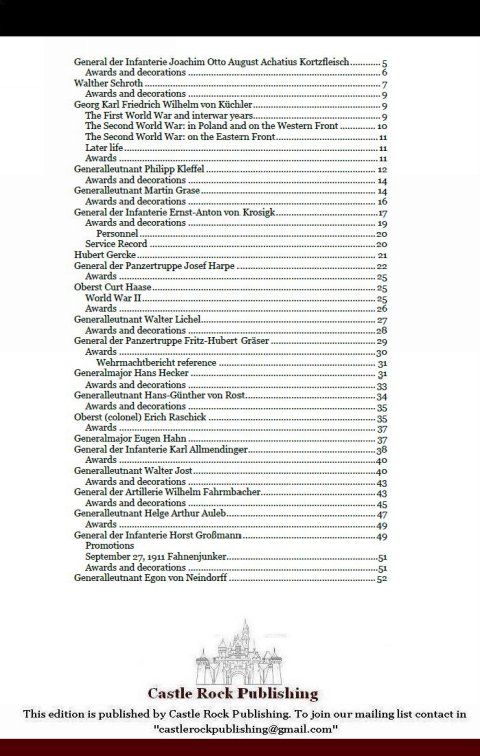
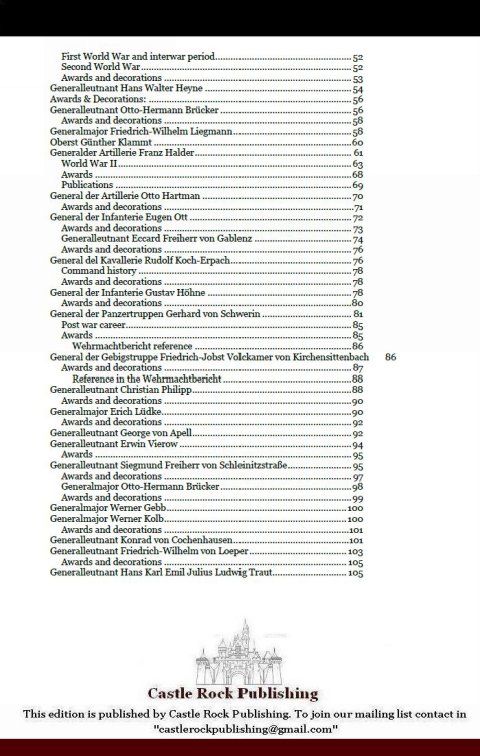

General der Infanterie Joachim Otto August Achatius Kortzfleisch
Dates: 3. January 1890 in Braunschweig; 20. April 1945 bei Wulwesort, Sauerland
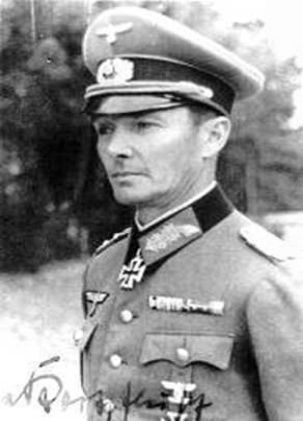 From Kortzfleisch participated as an officer in the First World War. It was after the war in which - taken Reichswehr and there promoted on 1 January 1928. Major - due to the Treaty of Versailles greatly reduced. From 1933 employed as commander of Opole, he took over in 1935 as colonel in command of the Infantry Regiment 3 in German-Eylau. After his promotion to major general in 1937, he was employed for a few months as Landwehr commander in Olsztyn before in February 1938 in the wake of the Blomberg-Fritsch affair appointed commander of the 1st Infantry Division ascent. These he led in the fall of 1939 during the Polish campaign, where she was used as part of the 3rd Army.
From Kortzfleisch participated as an officer in the First World War. It was after the war in which - taken Reichswehr and there promoted on 1 January 1928. Major - due to the Treaty of Versailles greatly reduced. From 1933 employed as commander of Opole, he took over in 1935 as colonel in command of the Infantry Regiment 3 in German-Eylau. After his promotion to major general in 1937, he was employed for a few months as Landwehr commander in Olsztyn before in February 1938 in the wake of the Blomberg-Fritsch affair appointed commander of the 1st Infantry Division ascent. These he led in the fall of 1939 during the Polish campaign, where she was used as part of the 3rd Army.
In April 1940 he received, meanwhile promoted to lieutenant general, the command of the XI. Army Corps. For his leadership of the Corps in the western campaign, he received in August was promoted to general of infantry and in September the Knight's Cross of the Iron Cross. In 1941 he was employed with his corps in the Balkan campaign and in the Russian campaign in the area of Army Group South. After the summer of 1942 temporarily with the leadership of XXXXIII. Army Corps was instructed to put him up in early 1943 in the leader Reserve.
In March 1943 Kortzfleisch was then appointed commander of the Military District III in Berlin. As such, he came directly to the events of 20 July 1944 into contact. Through its pro-regime stance he contributed decisively to the failure of the resistance by not signed the Valkyrie orders for the military district, despite massive pressure from the conspirators, which is why the Linz Lt. Col. i. G. Robert Bernardis had to take over a part of this task and hanged for it was.
It is noteworthy that Kortzfleisch was a brother-in-laws of Stauffenberg's cousin Olga von Uexkll (married to Fredy von Saucken). At their wedding on October 28, 1943, met (on a photo recorded) no less than five resistance fighters of July 20, that Claus von Stauffenberg and Berthold Schenk Graf von Stauffenberg, Nikolaus Graf von Uexkll-Gyllenband, Peter Yorck von Wartenburg and Caesar von Hofacker. Also Joachim von Kortzfleisch and his wife can be seen in the photo.
Kortzfleisch was on March 2, 1945. Commander of the Rhine bridgeheads of Army Group B under Field Marshal Walter Model and came with this in the course of military operations in the Ruhr pocket so-called. On 20 April 1945 he undertook with a handful of soldiers to attempt to strike through the enemy lines. The squad was discovered and surrounded by a US patrol near Schmallenberg-Wulwesort. Kortzfleisch came the invitation to surrender not after, but tore his arm in the Hitler salute high and was then killed by a shot in the chest.
Awards and decorations
Iron Cross (1914)
2nd Class
1st Class
Wound Badge (1914)
in Black
in Silver
Cross of Honor
Memel Medal
Iron Cross (1939)
2nd Class
1st Class
War Merit Cross with Swords
2nd Class
1st Class
Order of Michael the Brave
3rd Class (19 September 1941)
German Cross in Silver (30 December 1943)
Knight's Cross of the Iron Cross on 4 September 1940 as General der Infanterie and commander of XI. Armeekorps
Walther Schroth
Dates: * 3. June 1882, Glumbowitz (Kreis Wohlau) - 6. October 1944, Wiesbaden oder Bad Nauheim (Unfall)
Walther Schroth became efective on 27 February 1902 as an officer cadet in the Royal Prussian Army. The son of a domain Council discussions led to 1. Lower Silesian Infantry Regiment "Graf Kirchbach" no. 46. In this he was promoted on 23 November 1902 Ensign. After attending the military school he was promoted on 18 August 1903 in his regiment to lieutenant. The patent was thereby dated August 19, 1902. As such, he was then "Graf Kirchbach" no. 46 used as a company officer in the 1st Lower Silesian Infantry Regiment. On June 23, 1906 he married Kthe Hedemann. This marriage sprang a son and two daughters. On April 1, 1908 he was transferred as an aide to the district command Hirschberg. As of November 1, 1908 "Graf Kirchbach" no. 46, he was then employed as adjutant of the battalion from I. 1. Lower Silesian Infantry Regiment.
As such, he was promoted on 18 August 1911. Lieutenant. On October 1, 1912, he was then ordered to report to military academy. As a lieutenant, he moved his 1st Lower Silesian Infantry Regiment "Graf Kirchbach" no. 46 from the fronts of World War 1. He was initially employed as a company commander. On 8 November 1914 he was promoted as such, to captain. On 18 February 1915, he was then transferred to the General Staff. He was then successively applied to the stages inspection C the V. Army Corps. After that he came as 1st General Staff Officer (Ia) in succession in the general staffs of the 4th Infantry Division and the 34th Infantry Division. On May 22, 1918, he was then transferred to the General Staff as Ia the 30th Infantry Division. Then he came even to the General Staff of the AOK 2 before it was last used as Ia in the General Staff of the 80th Reserve Division. During World War I he next two Iron Crosses additional awards were presented. After the war it was used the first time the border guards during II. And V. Army Corps.
On 1 October 1919, he was then taken over as a captain in the Imperial Army. He was transferred on that date to the General Staff of the Reichswehr Group Command 3. When 200,000 man-transition army in the spring of 1920 he was transferred as a general staff officer to commander of the infantry of the army brigade 9. In the formation of the 100,000 man-army of the army he came as a staff officer to the staff of the 2nd Division of the Reichswehr to Szczecin. On 1 October 1921 he was then employed as a staff officer at the Artillery Leader II in Szczecin. He was later transferred to the 6th Infantry Regiment to Flensburg. There he was promoted as Chief of the 10th Company on April 1, 1923, Major. On 1 October 1925, he was then transferred to the Defense Ministry in Berlin. He was employed in the coming years in the Army Training Department (T 4). There he was promoted on 1 February 1929 Lieutenant Colonel. As such, he was appointed commander of the I. (Hanseatic) battalion from the 16th Infantry Regiment in Bremen on March 1, 1929. On April 1, 1931, he was then transferred to the infantry school in Dresden. There he was appointed Head of the case I. course. On 1 October 1931 he was promoted to colonel. As such, he was then appointed Head of the II. Course at the Infantry School in Dresden. On 1 October 1933 he was appointed commander of the Infantry School in Dresden. As such, he was promoted on August 1, 1934 Major General. Even with the expansion of the Reichswehr into the Wehrmacht on 1 October 1934, he remained commander of the Infantry School.
On 1 April 1935 he was appointed artillery leader I in Knigsberg. He was in the unmasking of the associations on 15 October 1935 appointed automatically to the commander of the 1st Infantry Division. As such, he was promoted on April 1, 1936 Lieutenant General. Even with his promotion to general of the infantry he was commander of the 1st Infantry Division in Knigsberg. In the course of the Blomberg-Fritsch affair he gave beginning in February 1938 from his command and became the commanding general of the General Command XII. Army Corps appointed in Wiesbaden. He was up for mobilization also commander of the military district XII. At the beginning of the 2nd World War he moved with his corps positions in the west. Before the western campaign, he was on vacation and was represented by General Gotthard Heinrici. After the start of the western campaign, he took over the corps in the Battle of France. Here both clasps he was awarded his Iron Crosses. He then led his corps headquarters at the beginning of the Eastern campaign in the attack on central Russia. On July 9, 1941 him the Knight's Cross of the Iron Cross was awarded. In early 1942, he handed over his command and was transferred to the Reserve leaders.
Next page
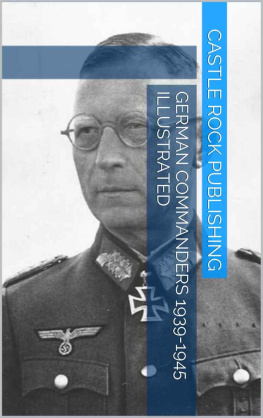

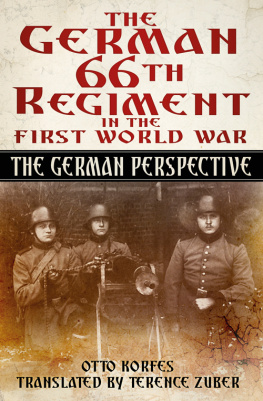

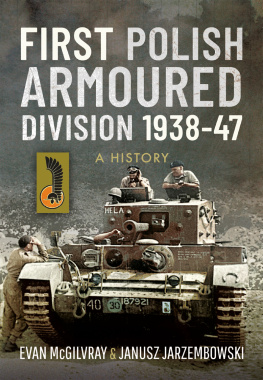
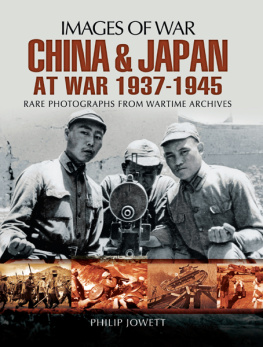

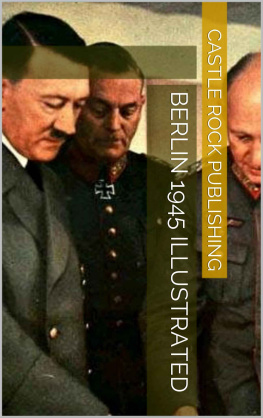
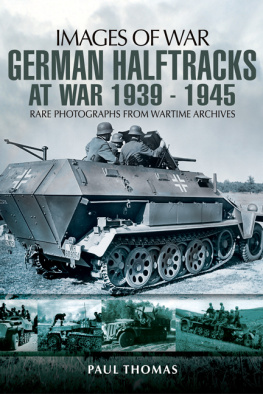




 From Kortzfleisch participated as an officer in the First World War. It was after the war in which - taken Reichswehr and there promoted on 1 January 1928. Major - due to the Treaty of Versailles greatly reduced. From 1933 employed as commander of Opole, he took over in 1935 as colonel in command of the Infantry Regiment 3 in German-Eylau. After his promotion to major general in 1937, he was employed for a few months as Landwehr commander in Olsztyn before in February 1938 in the wake of the Blomberg-Fritsch affair appointed commander of the 1st Infantry Division ascent. These he led in the fall of 1939 during the Polish campaign, where she was used as part of the 3rd Army.
From Kortzfleisch participated as an officer in the First World War. It was after the war in which - taken Reichswehr and there promoted on 1 January 1928. Major - due to the Treaty of Versailles greatly reduced. From 1933 employed as commander of Opole, he took over in 1935 as colonel in command of the Infantry Regiment 3 in German-Eylau. After his promotion to major general in 1937, he was employed for a few months as Landwehr commander in Olsztyn before in February 1938 in the wake of the Blomberg-Fritsch affair appointed commander of the 1st Infantry Division ascent. These he led in the fall of 1939 during the Polish campaign, where she was used as part of the 3rd Army.